Its role in child development
When Satoshi Tajiri, creator of the Pokémon game, was a young boy, he collected bugs. He was so fascinated with the way they moved, where they lived, and what they ate, that his friends called him Dr. Bug. Tajiri was fascinated with two more things: TV and video games. As he got older, he realized how much he cherished these aspects of his childhood.
In a 1999 interview with Asian Times about the phenomenal success of Pokémon, the Japanese game inventor said, When I was making games, something clicked, and I decided to make a game where everything I did as a kid is kind of rolled into one; that's what Pokémon is. Playing video games, watching TV, and Ultraman (the Japanese counterpart of Superman) with his capsule monsters all became ingredients for the game.
In the interview, Tajiri went on to say that he created Pokémon to be satisfying to both individuals who played alone and to those who played interactively with others. Whether in the card form, viewed on TV, or used in digital or board game format, he hoped that the interaction among Pokémon fans would create respect for one another, not competition. Noting that the Pokémon video game was created using a communication cable that allowed information to go back and forth between players, Tajiri explained the Japanese cultural concept of respect that is behind the design.
I wanted to design a game that involved interactive communication. Remember, there was no Internet then. The concept of the communication cable is really Japanese: one-on-one. It is like karate, two players compete, and they bow to each other. It's the Japanese concept of respect.
For adults caring for children in the United States, Pokémon was not seen as a game of respect. It was seen as addictive, competitive, and expensive. Adults struggled to understand its attraction, and they worried about the effects that it was having on personality development in young children. Much of their concern focused on whether children played out their real world from their Pokémon fantasy world.
Confusion about the meaning of children's play is common among childcare professionals, including those mental health professionals who treat children. Some see child play as child work; others view it as a process of total expression, much as two adults who are best friends would tell each other everything.
There are times, however, when a child's play is disturbing. It may appear aggressive, suggestive, or bizarre. The play may reveal facts about the child's life that warrant intervention by civil authorities. It may also reveal adverse reactions to medication. For instance, a child whose dosage of psychostimulant medicine is too high may experience what is known as a medication-induced psychosis, or the play may show that the child is struggling to cope or master some challenges in their life.
A number of researchers studying the differences in play between well-adjusted and maladjusted or aggressive children find that all children use fantasy in their play. Play is symbolic, says psychologist Chris Karcher, a private practitioner and adjunct faculty member of Trevecca Nazarene University. Play is an intrinsic process that has numerous functions. It's how children integrate into their environment, give self-expression, use their imaginations, feel in control, and create tangible objects.
Judy Carre, whose areas of expertise include the field of special education law and the teaching of children who are emotionally disturbed, finds that there are differences between the play of well-adapted and maladapted children. Having 20 years of experience working with children in Los Angeles, in alternative school settings which have mental health components, Carre notes that there is ongoing research about play differences.
“The conclusions to the investigations are varied. What is true is that all children use fantasy. It is part of the process of development. The elements of fantasy-play change as the child matures.”
For instance, a young child may wish her big stuffed dog to come to life, and she may be comforted by that desire. Her parents may think her wish is cute. But if that child were in her late teens, her parents would expect her to think that a big stuffed animal coming to life would be frightening.
Sandra Russ, professor of psychology at Case Western Reserve University addresses concerns adults have about possible confusion between fantasy and reality in the play of school-age children. Russ has investigated how a child's pretend play affects their development. Much of her research has been in two areas:
- The relationship between pretend play and cognitive and affective, i.e., emotional, development.
- The relationship between pretend play and areas of adaptive functioning such as creativity, coping, and emotional understanding.
Russ's results, published in the Creativity Research Journal (1999, Vol. 12, No. 2, Pages 129-139) reveal that early fantasy play is a solid predictor of a child's ability to demonstrate divergent thinking. She reports that it is independent of IQ and that the school-age children she and her team followed over a four-year period showed that their affective and cognitive processes remained stable. However, Dr. Russ found that some fantasy play reveals problems, and in response, she and her team have developed treatment techniques to help certain children enhance their fantasy play abilities. Vivian Gussin Paley is another leading advocate, citing the need for children to engage in fantasy play. A nationally recognized educator, Paley is a veteran kindergarten teacher with the University of Chicago Laboratory Schools. She has increasingly become aware that educators' attitudes about fantasy play among young children have changed, and that children are often redirected away from this type of activity.
In her 2004 book Child Work: The Importance of Fantasy Play, Paley writes of her conversation with one preschool director who said, "I'm not inclined to encourage fantasy play anymore if my teachers can't handle it. If the teachers are worried about what's coming out, especially with the 4 and 5-year-olds, everyone is better off if we stick to lesson plans and projects."
Paley then asks, "Has the play changed that much?" The teachers think so, the director replies. Maybe it's the increased tension due to world events. Children do seem less prepared, and more at risk. We're on safer ground with a somewhat academic curriculum. It's more dependable.
Paley disagrees. In response, she says...
There is no activity for which young children are better prepared than fantasy play. Nothing is more dependable and risk-free, and the dangers are only pretend. What we are in danger of doing is de-legitimizing mankind’s oldest and best-used learning tool.

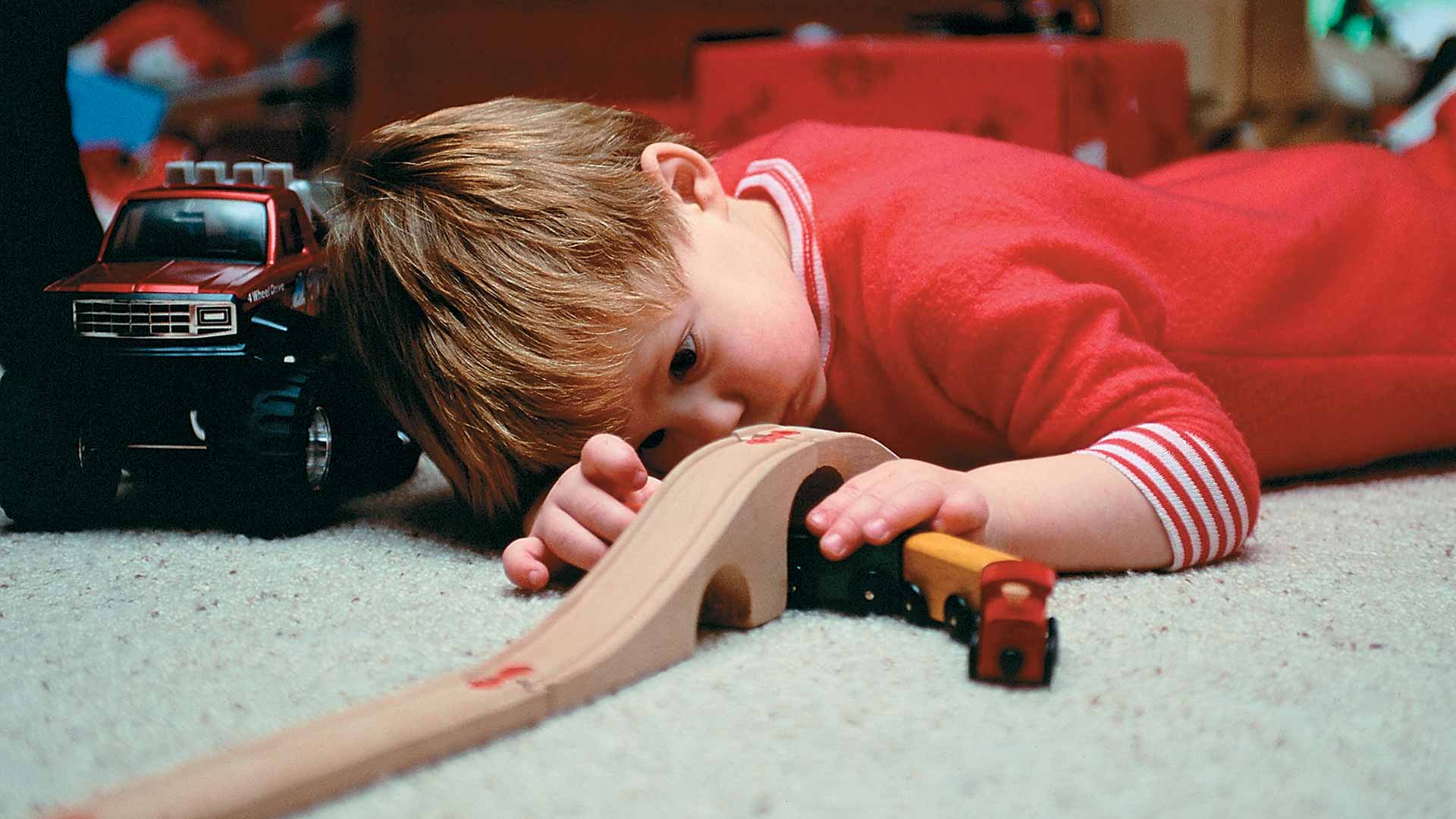
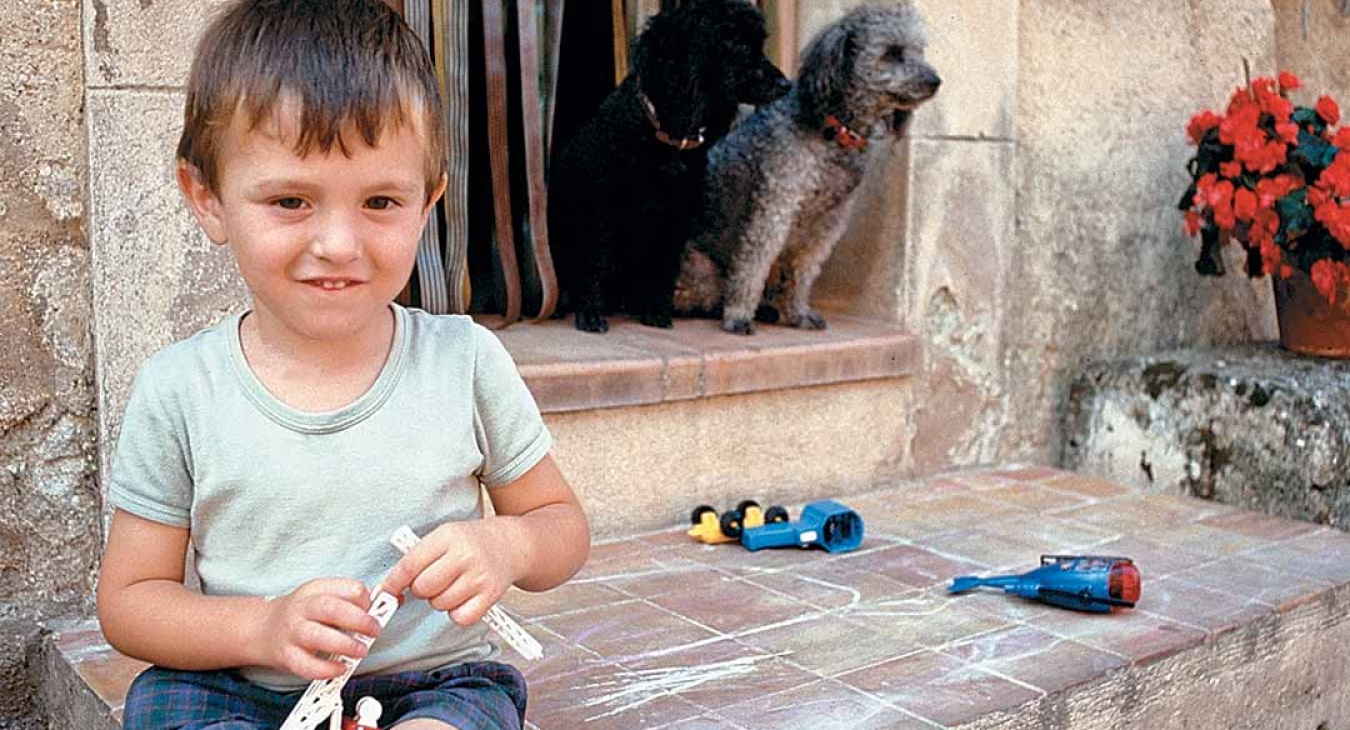
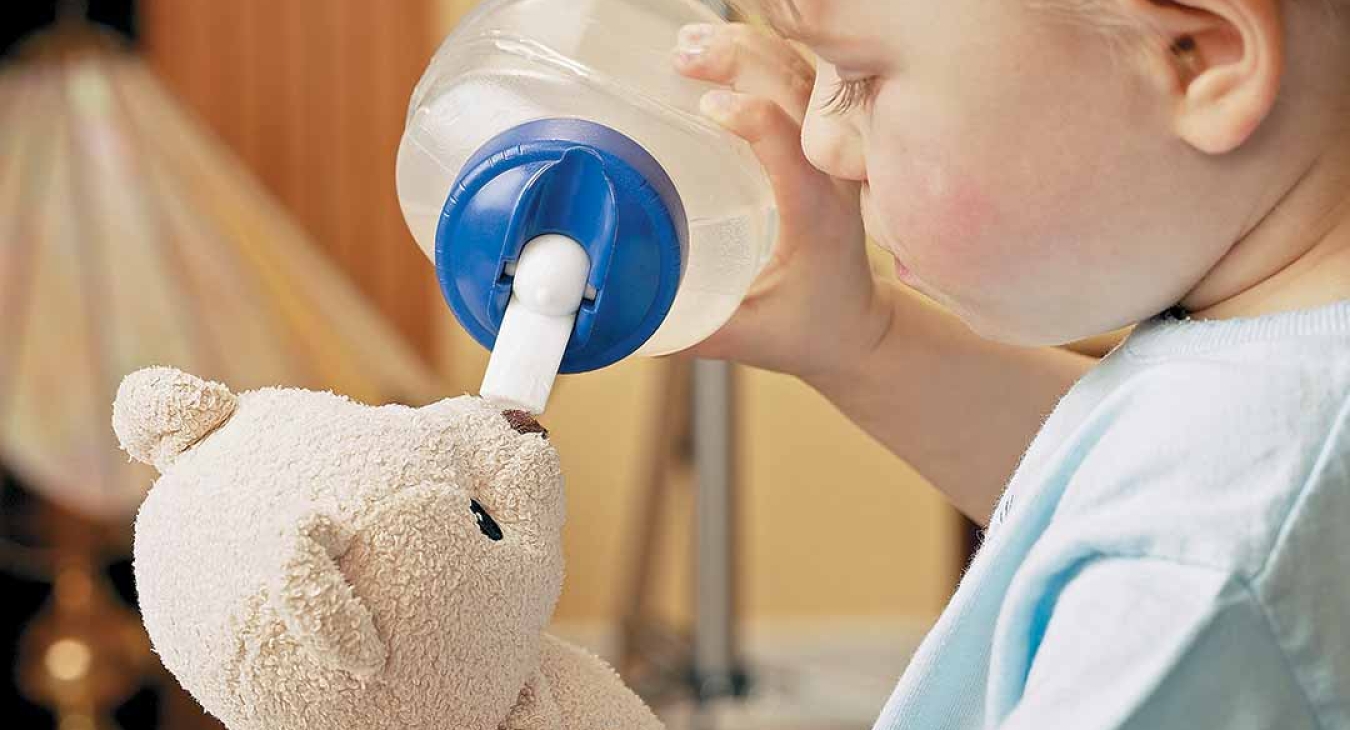
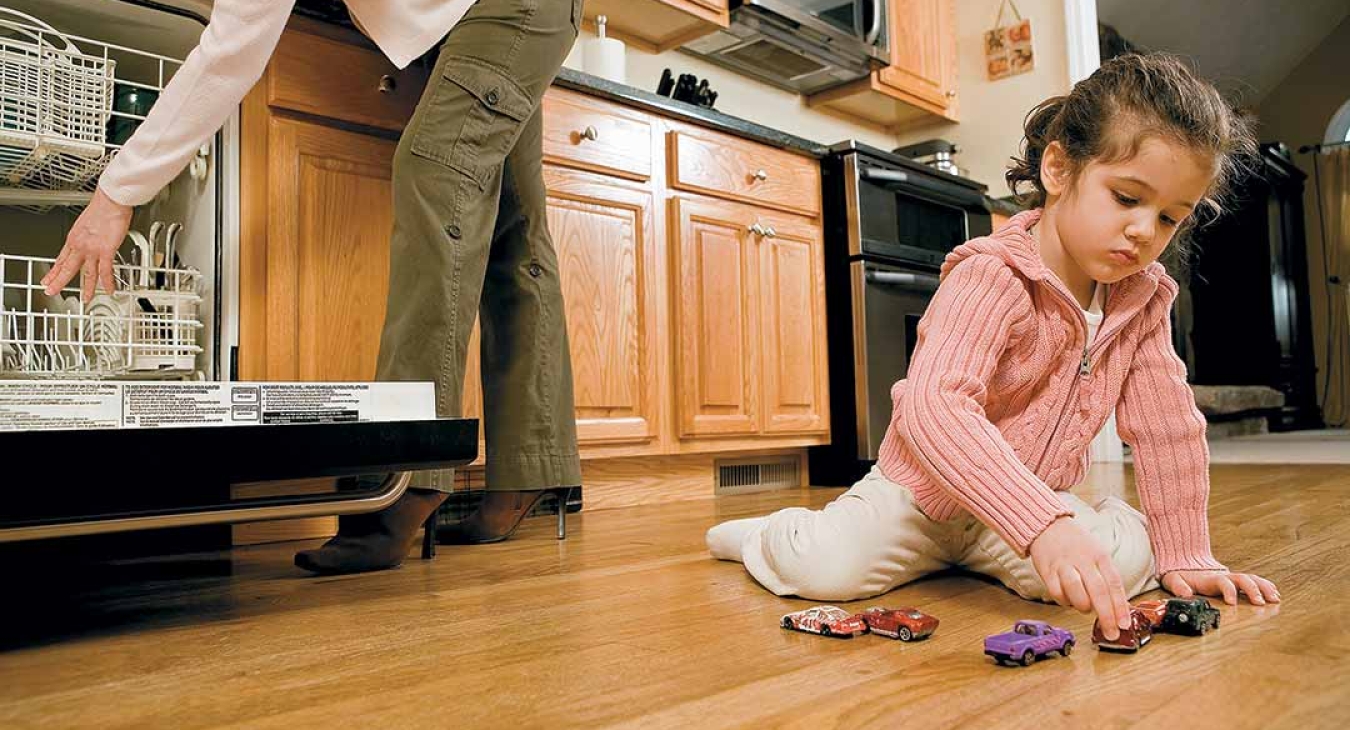
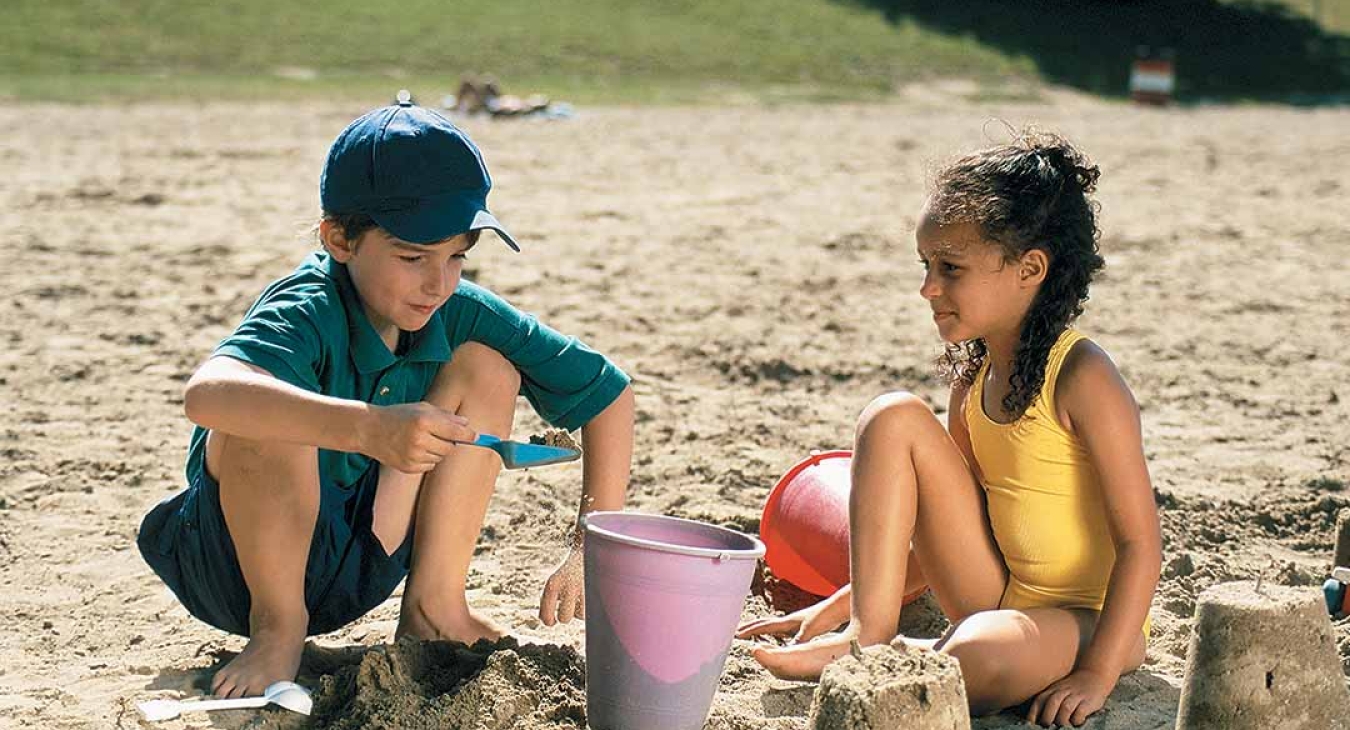


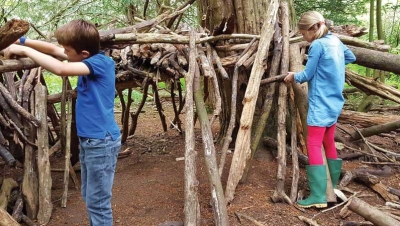







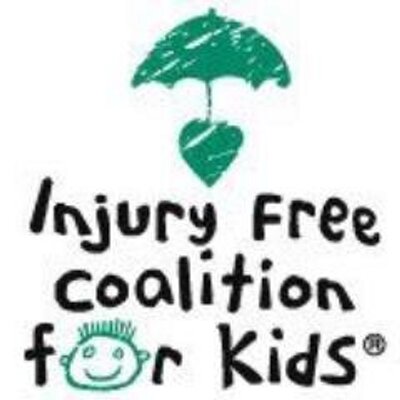


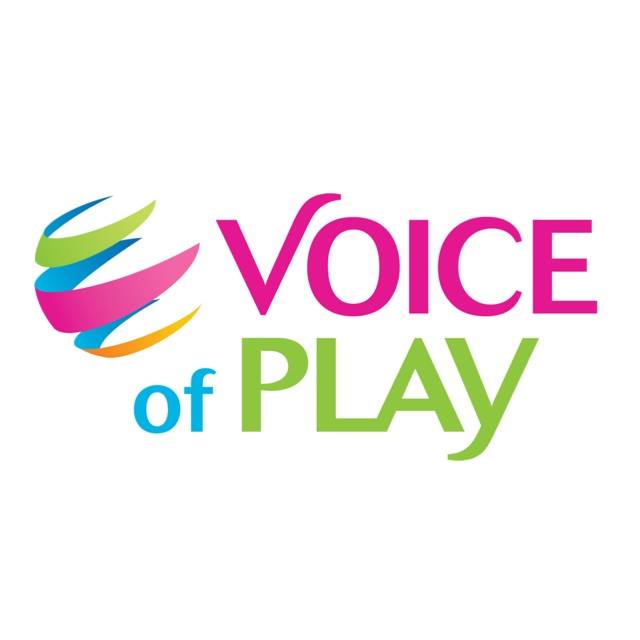
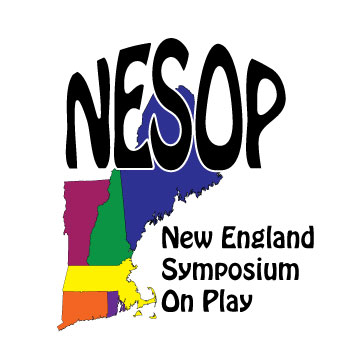


Add new comment